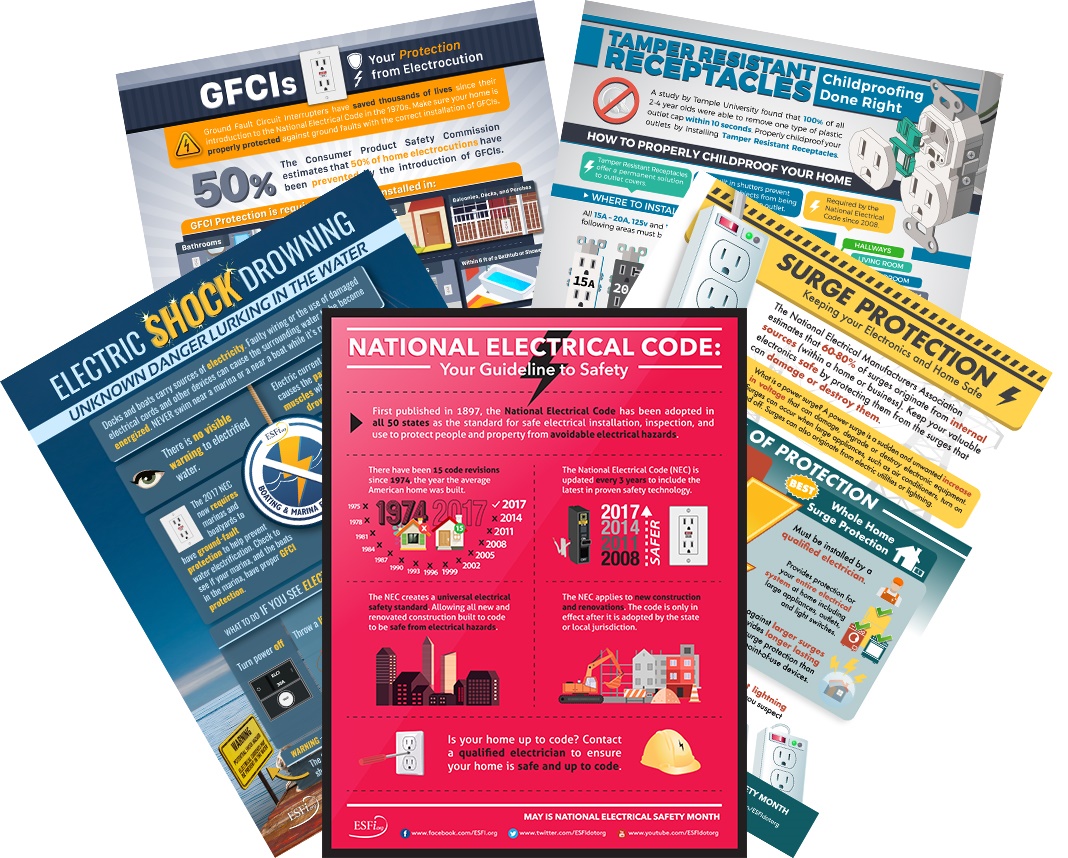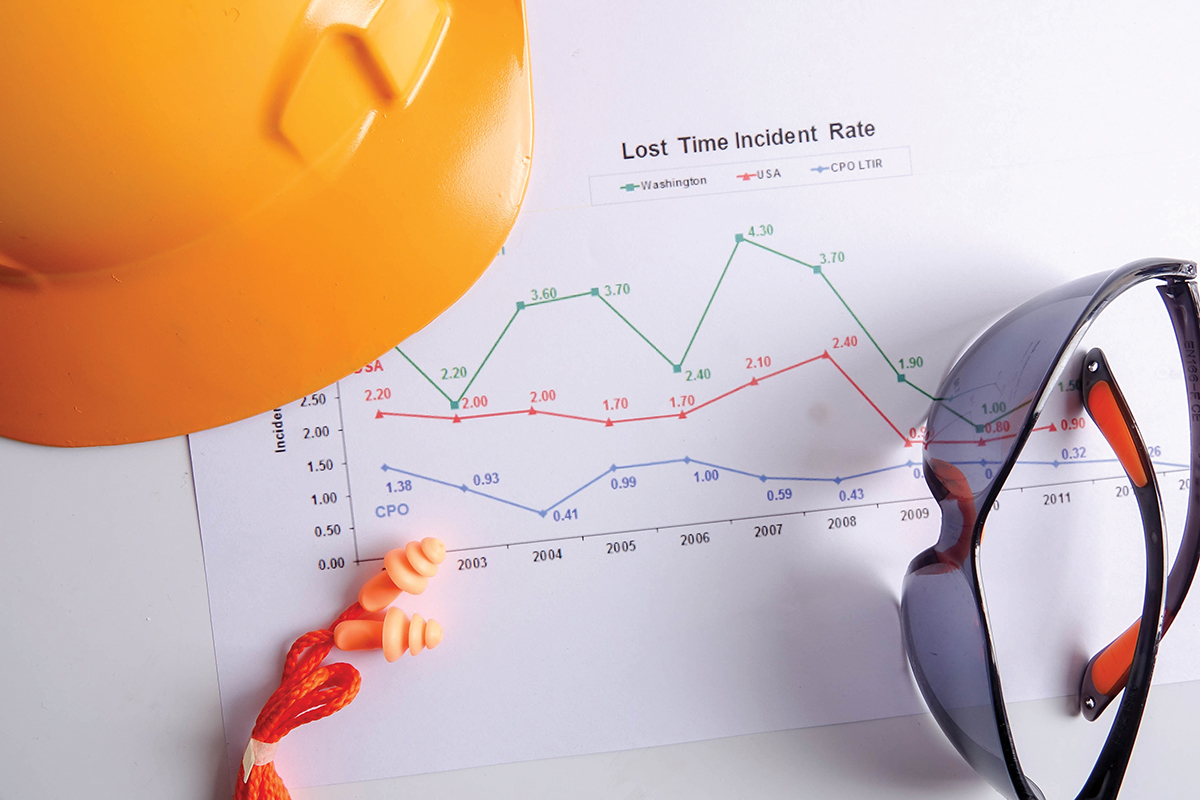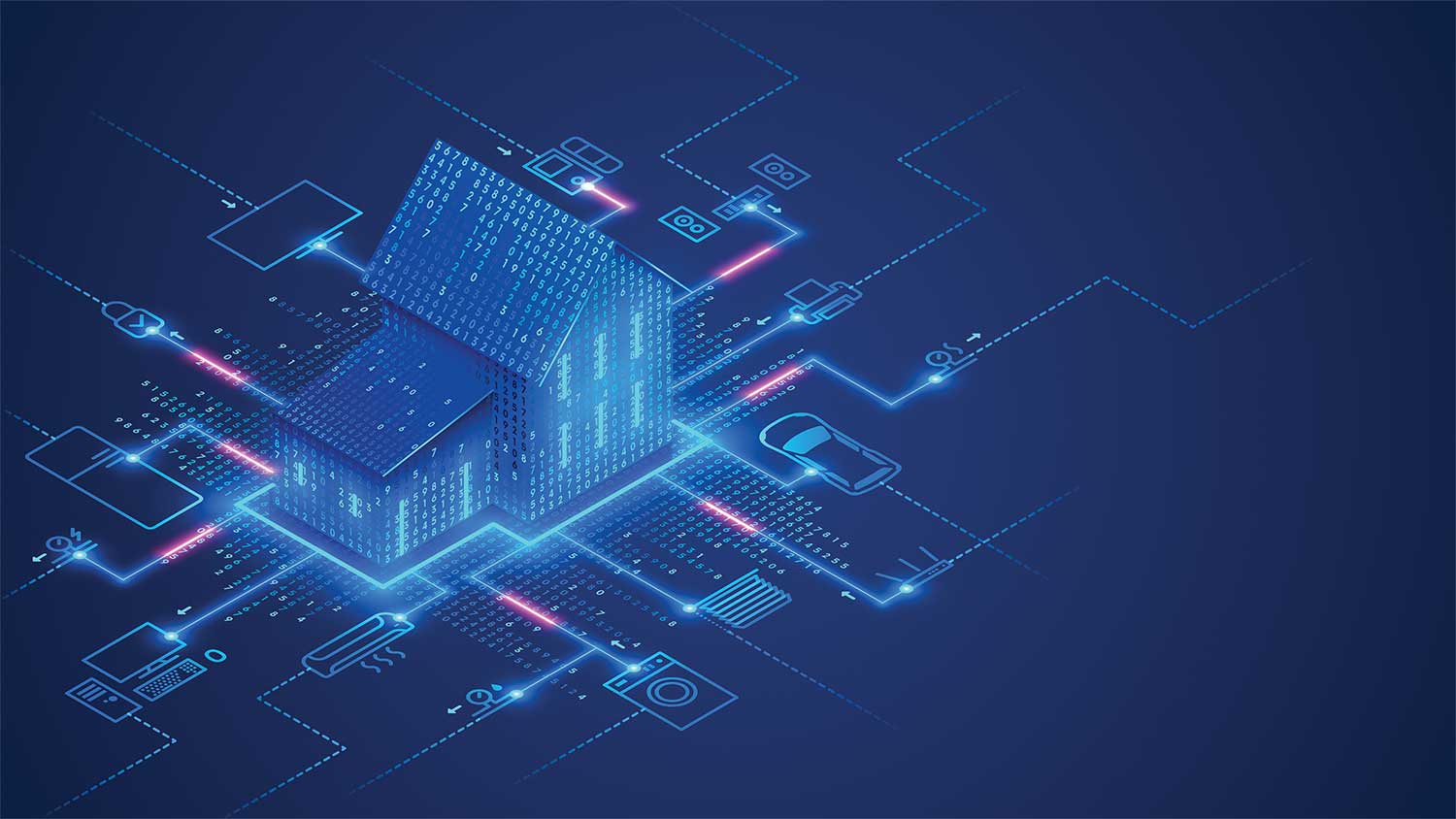Since the establishment of IAEI in 1928, we have been committed to keeping the public safe from electrical hazards by providing expert and unbiased leadership in electrical code and standards development, providing premier education to the electrical industry, and advocating for electrical safety.
So why is our mission so important 89 years later? According to National Fire Protection Association (NFPA), in 2011 an estimated 47,700 home structure fires were reported to U.S. fire departments; these involved some type of electrical failure or malfunction as a factor contributing to ignition. These fires resulted in 418 civilian deaths, 1,570 civilian injuries, and $1.4 billion in direct property damage. *
One fatality or injury caused by electricity is one to many. Are all accidents and fires caused by electricity preventable? This question is difficult, and one can debate this for some time. However, I feel that they are preventable. To say that we could reduce the number of deaths and injuries to zero would be a difficult task. So, what are we doing today, and what can we do in the future to reduce fires and shock hazards?
First, bringing awareness to the importance of electrical safety. May is National Electrical Safety Month, and IAEI is once again joining with the Electrical Safety Foundation International (ESFI) to raise awareness about potential home electrical hazards and the importance of electrical safety. ESFI’s website is full of information regarding electrical safety and tips on prevention; you can find these at www.esfi.org.
Second, we continue to work with the Standards Development bodies, NFPA and Canadian Standards Association (CSA), who publish the Electrical Installation Codes. IAEI brings a wealth of knowledge and unbiased leadership in the development of these Installation Codes which set the standards for safe electrical installations. Over the years, many advanced technologies, which have been proven to reduce shock and fire hazards, have been introduced into the Codes—devices such as tamper-proof receptacles, ground-fault circuit interrupters, and arc-fault circuit interrupters. Recently National Electrical Manufacturers Association (NEMA) published a white paper called “Arc-fault Circuit Interrupters–Using Advanced Technology to Reduce Electrical Fires.” This excellent article and a copy of the white paper can be found at www. iaei.org.
Third, education plays a key role in ensuring that electrical contractors, electrical engineers, electrical apprentices, and inspectors are up-to-date on current codes and new advances in technology. IAEI produces several excellent electrical publications. An example is the IAEI 2017 Analysis of Changes book which covers the most significant changes in the 2017 National Electrical Code. Also, IAEI offers and conducts training on the Code through the International Office and our Section meetings and at the local Chapter and Division meetings. The International Office has partnered with PacePDH to provide on-line courses. For the past, several years we have partnered with Interstate Renewable Energy Council (IREC) in offering free Photovoltaic on-line training courses.
There is a recipe for a safe electrical installation. If these ingredients are used, they will make robust electrical installations free from potential fire and shock hazards.
- Electrical Installation Standards. Electrical Codes such as the NEC and CE Code set the minimum requirements for electrical installations and equipment. The object of these Codes is to establish safety standards for the installation and maintenance of electrical equipment and the practical safeguarding of persons and property from electrical hazards.
- Product Standards & Certification. Standards Development Bodies produce product standards to which electrical equipment and appliances are to be manufactured. Certification Organizations and National Recognized Testing Laboratories (NRTL) test these products to verify compliance with the product standards and safety for use. Each NRTL uses its unique registered certification mark(s) to designate product conformance to the applicable product safety test standards.
- Qualified Installers. Individuals installing the equipment must be knowledgeable and have the necessary credentials to perform the work. The more trained and competent installer results in a safer and more reliable end product.
- Enforcement. The Authority Having Jurisdiction (AHJ), typically the electrical inspector, plays a major role in ensuring compliance with the Codes and Standards. The AHJ is the enforcer in this recipe and is depended upon to confirm that the installation meets the minimum standards set forth by said Codes and Standards.
- Consumer awareness. The consumer should be aware of any hazards, should maintain and replace faulty equipment, and exercise good judgment. As with the installer and enforcement community, the more educated the consumer is, the better this awareness becomes.
Electrical safety needs to be a year-round priority. Don’t dismiss or underestimate your role in preventing electrical accidents. If we all work together maybe someday, we can reach zero incidents.
*Home Electrical Fires Fact Sheet, National Fire Protection Association











Find Us on Socials